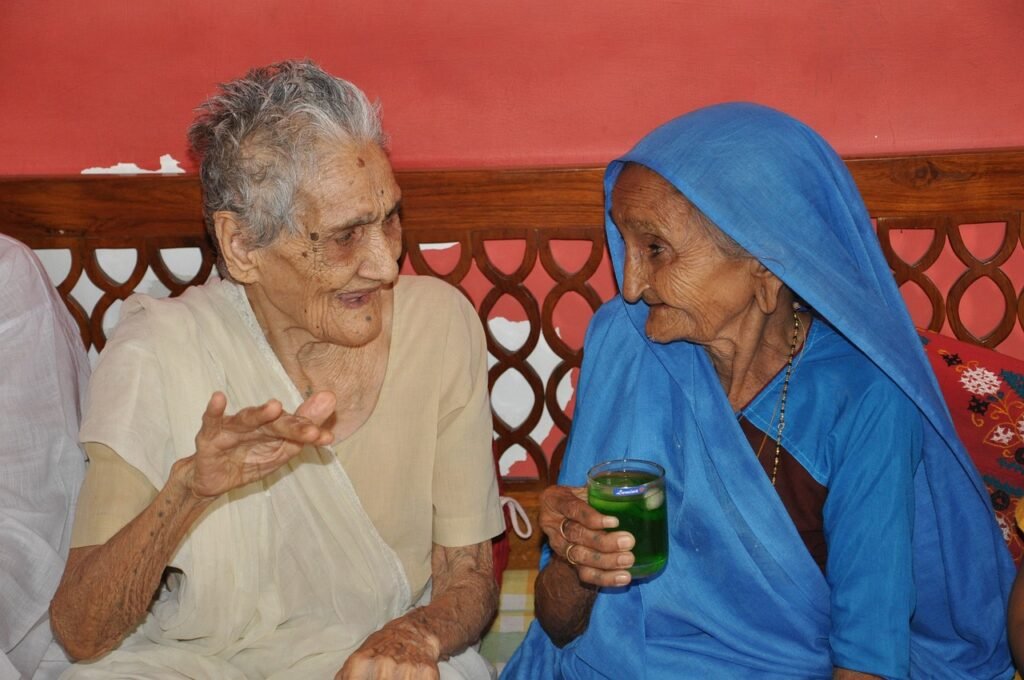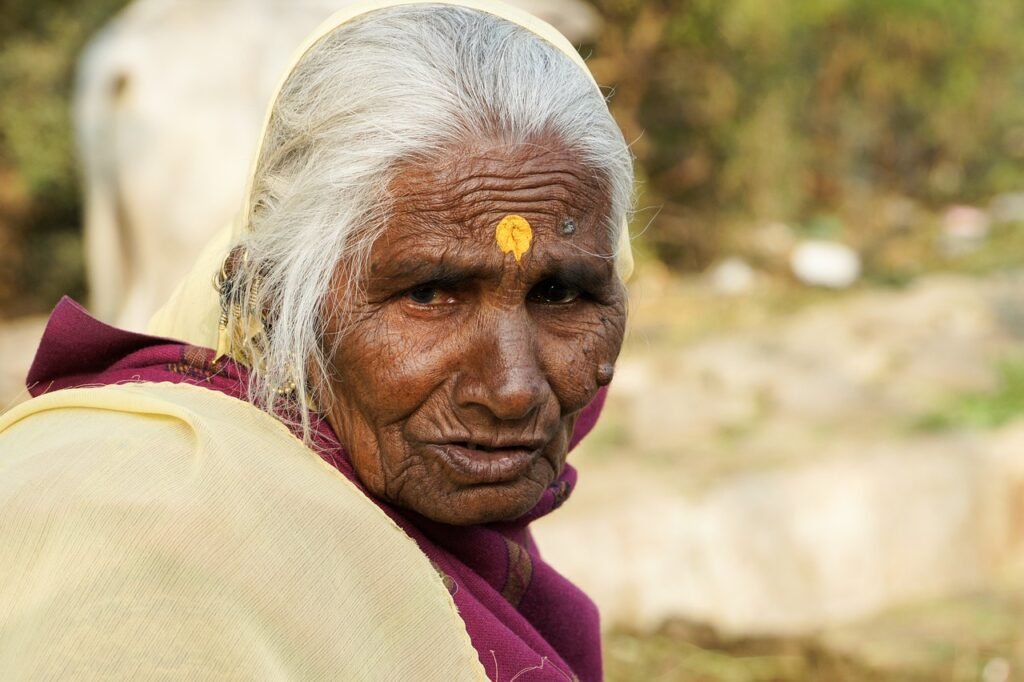Asia’s elderly population will increase to 35.7% by 2050, with India having less than 20% of its population being elderly. Nonetheless, India will have a considerable number of elderly people. According to the India Ageing Report 2023, by the end of the century, the elderly will constitute over 36 per cent of the total population of the country.

Amongst South Asian countries, the pace of ageing in India is moderate with the proportion of the aged increasing to 20 per cent in 2050 and 36.1 per cent in 2100. World Population Prospects 2022 projects that other bigger and stronger economies such as Japan, China, Indonesia and Vietnam will be experiencing high to very
high growth of the elderly population in the future, which can go beyond 40 per cent of their total population. By 2050, one in every five individuals will be elderly in India. South and East Asia are taking 16 years to double their elderly population whereas South East Asia is doubling most rapidly at 13 years.

Ageing in India: Levels and Trends
The percentage of the elderly in India has been increasing swiftly in recent years. The trend is likely to continue in the coming decades. The share of the population over the age of 60 years will be from 10.5 per cent in 2022 to 20.8 per cent in 2050.
Sharp growth in the elderly population has been observed from 2010 onwards along with a decline in the age group below 15 years. It indicates the rapidity of ageing in India. Four years before 2050, the population size of the elderly in India will be higher than the population size of children aged 0–14 years. By that time, the population share of 15–59 years will also see a dip. Undoubtedly, the relatively young India today will turn into a rapidly ageing society in the coming decades.
Size and share of population by age group, 1950–2100

Life expectancy
At 60 years, a person in India may expect to live another 18.3 years. It is higher in the case of females at 19 years as compared to males at 17.5 years.
In Himachal Pradesh and Kerala, women at 60 years have a life expectancy of 23 and 22 years respectively which is 4 years greater than men at 60 years
in these states.
The life expectancy of women at 60 years is greater than 20 years in states such as Rajasthan, Haryana, Gujarat, Uttarakhand, Kerala, Himachal Pradesh and the Union Territory of Jammu & Kashmir, raising concerns about their social and economic well-being.

Challenges of an Ageing Population
Women living longer than men result in higher levels of widowhood and associated socio-cultural and economic deprivations and dependencies. Poverty is inherently gendered in old age when older women are more likely to be widowed, living alone, with no income and with fewer assets of their own, and fully dependent on family for support.
The incidence of widowhood and higher life expectancy among older women are key demographic characteristics in India. Elderly widowed women are often alone with little support and also experience a greater incidence of morbidities that are functionally restricting. A larger percentage of women among the oldest of the old signifies a higher imbalance in the demographic structure and entails additional resource pooling for associated support and caregiving.









